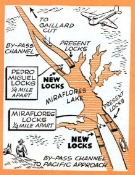-
Title (Dublin Core)
-
Enlarging the panama canal for bigger battleship
-
Article Title and/or Image Caption (Dublin Core)
-
Enlarging the panama canal for bigger battleship
-
extracted text (Extract Text)
-
STEAM SHOVELS will soon be clanking
again at the Panama Canal. Only a
little more than a quarter century
after the opening of this “life line” of the
U. 8. Navy and crossroads of the world's
maritime commerce, workers will break
ground for a monster third set of locks—a
project whose $27,000,000 cost equals more
than half that of the present canal!
The giant engineering scheme calls for
conversion of the present “two-lane” canal
across the Isthmus into a “three-lane” canal.
To do this, three sets of oversize single-
chamber locks will be built, parallel to the
present twin-chamber locks but at some dis-
tance from them. There will be no need to
dig a whole new canal, since the “Big Ditch"
itself will easily carry the traffic.
‘Why the new locks? First and foremost,
they will assure the U. S. Fleet of unob-
structed passage between the oceans, in
cases of emergency. Canal authorities long
have been jittery over the possibility of
sabotage or direct attack on the present
locks. A vessel might be blown up, or time
bombs might be dropped, in a lock chamber;
or the locks might be bombed by raiding
planes. If a heavy explosion or a lucky hit
from the air happened to destroy two side-
Dby-side lock chambers at once, the entire
Canal would be put out of commission.
Therefore, for many months, a force of sev-
eral thousand men has been working night
and day to equip the old locks with “special
protective devices” of a secret nature. But
the Navy will feel still more comfortable
when the new locks are built, from a quarter
mile to a half mile away from the old ones,
so that both cannot be attacked simultan-
eously. Every known safeguard against
bombing and sabotage will be built into
them, from the foundation up.
Secondly, the enormous size of the mew
locks, 1,200 feet long and 135 feet wide,
will comfortably accommodate the biggest
‘men-of-war and ocean liners afloat or con-
templated. Widened by recent addition of
antitorpedo bulges, some of our modernized
battleships can barely scrape through the
old locks, with only a foot to spare on each
side! Our giant aircraft carriers Lexington
and Saratoga make almost as tight a fit.
Until now, the 110-foot width of the exist-
ing locks has limited the dimensions of all
U.S. warships, including the 35,000-ton and
45,000-ton battleships now under construc-
tion. As for the big merchant vessels, the
Queen Elizabeth, the Queen Mary, and the
Normandie, they could not squeeze into
the old locks at all. The projected locks
will have plenty of room for all comers.
Thirdly, the sheer volume of peacetime
traffic through the Panama Canal, steadily
rising through the years, will eventually call
for more locks to han-
dle it. From this
standpoint alone, the
Governor of the Pan-
ama Canal recently
declared, the third-
Ic project should be
started within nine to
eleven years. Present
plans simply advance
the date for comple-
tion of an outstanding
national asset, both in
war and in peace.
Connecting with the
present waterway sev-
eral miles above and
below the existing
locks, “&-y-pass” or ap-
proach cLannels will
lead to the new locks,
s0 that canal trafic
may be shunted
through either set.
Criss crossing routes
will enable a ship to be detoured around
locks that may be out of comission.
Starting from the Pacific, for example, a
vessel may pass through either the old or
new Miraflores Locks, which raise it in two
lifts to Miraflores Lake. The old and new
single-flight Pedro Miguel Locks then offer
alternate gateways into Gaillard Cut,
the artificial arm of Gatun Lake for-
merly known as Culebra Cut. Separate
channels from broad Gatun Lake allow
the ship to be routed through either
the old or new three-flight Gatun Locks
for its descent to the Atlantic.
Favorable sites for the new locks
and their channels were found by a pre-
liminary survey in the field. With core
drills, engineers brought up samples of
subsurface rock, to make sure of a
substantial foundation for the massive
concrete lock chambers. Artificial
earthquakes, produced by setting off
explosives, proved the rock formations
free of faults. Investigations showed
that the present water supply would
amply suffice for both the old and new.
lock systems.
Actual work on the third-lock system
will begin at once, with initial funds of
$114,000,000 just voted by Congress. As
the huge project gets under way,
whole new towns will spring up at con-
struction centers. First steps include
building roads, relocating railways, and ex-
cavating the locks sites and approach chan-
nels, which total about ten miles in length.
Then will come the building of the giant
locks themselves. Fast-moving world events
may call for drastic speed-up measures to
hasten the mighty engineering feat.
-
Contributor (Dublin Core)
-
Alden P. Armagnac (article writer)
-
Language (Dublin Core)
-
eng
-
Date Issued (Dublin Core)
-
1940-09
-
pages (Bibliographic Ontology)
-
42-45
-
Rights (Dublin Core)
-
Public domain
-
Archived by (Dublin Core)
-
Sami Akbiyik
-
Marco Bortolami (editor)
 Popular Science Monthly, v. 137, n. 3, 1940
Popular Science Monthly, v. 137, n. 3, 1940
 Ekran Resmi 2022-01-31 13.43.45.png
Ekran Resmi 2022-01-31 13.43.45.png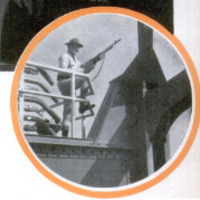 Ekran Resmi 2022-01-31 13.44.07.png
Ekran Resmi 2022-01-31 13.44.07.png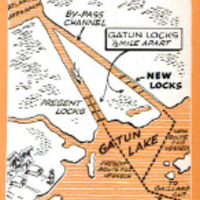 Ekran Resmi 2022-01-31 13.44.14.png
Ekran Resmi 2022-01-31 13.44.14.png Ekran Resmi 2022-01-31 13.44.31.png
Ekran Resmi 2022-01-31 13.44.31.png Ekran Resmi 2022-01-31 13.44.20.png
Ekran Resmi 2022-01-31 13.44.20.png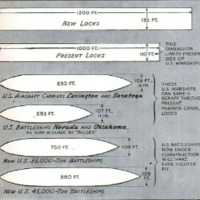 Ekran Resmi 2022-01-31 13.44.39.png
Ekran Resmi 2022-01-31 13.44.39.png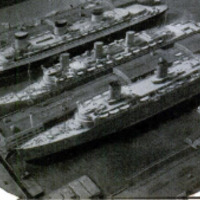 Ekran Resmi 2022-01-31 13.44.47.png
Ekran Resmi 2022-01-31 13.44.47.png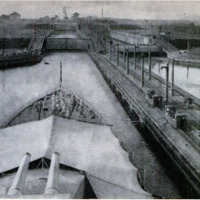 Ekran Resmi 2022-01-31 13.44.55.png
Ekran Resmi 2022-01-31 13.44.55.png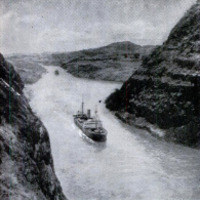 Ekran Resmi 2022-01-31 13.45.01.png
Ekran Resmi 2022-01-31 13.45.01.png




